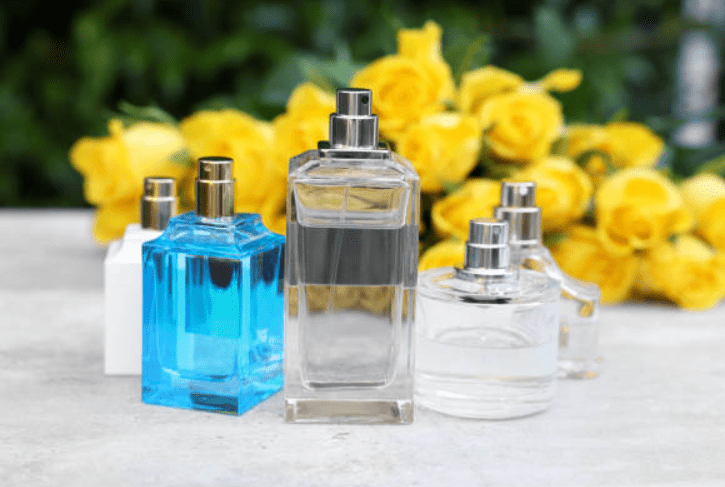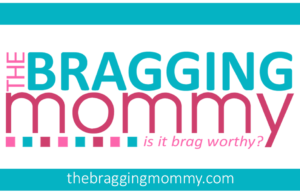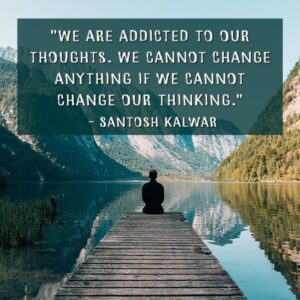Sustainability storytelling and aesthetic refinement are propelling fragrance brands forward, whilst the world of perfume packaging is experiencing a paradigm shift. For the B2B players in the market, be it launching a new scent line or bringing some finesse to an existing one, the bottle is no longer just a container. It is a testament to the art, eco-friendliness, and modern consumerism.

Glass container manufacturers are pioneering changes in design and innovations for perfume bottles in 2025. These suppliers are changing the landscape of the perfume industry with new technologies, materials, and market aligned aesthetics. In this article, I detail the major trends with glass bottle manufacturers for perfume and what such changes mean for your brand and product strategy.
We Are All Shifting Toward More Eco-Friendly Everything
Sustainability no longer remains an option rather it has to be an integral part of doing business in the modern world. Policies at both local and international levels are becoming stricter, and so automatic scent dispensers maligning branding and electronics are adapting their supply chain practices toward sustainable principles. This shift starts with the jar.
In 2025, glass container manufacturers are adopting a closed-loop approach incorporating recycled and recyclable materials. The impact of utilizing post-consumer recycled (PCR) glass is being recognized beyond just environmental consideration as it also adds value through storytelling. Brands want to market their products by emphasizing what the packaging is made of, where it is made, and how it is constructed.
Carbon-conscious perfume brands are now collaborating with perfume glass bottle manufacturers implementing low-emission melting processes, grade A power-saving furnaces, and lightweight yet premium feel bottle constructions.
Key Trends:
- Implementation of PCR glass usage up to 80% with retention of clarity.
- Creation of robust refillable outer glass casings.
- Water-soluble printing inks and eco-friendly labels for cover embellishment.
- Transparent supply chains for fortifying environmental tracking performance.
For B2B customers, working with an eco-compliant supplier shifts from a tick-box exercise to a proactive marketing tactic to value-focused consumers.
Tailored Bottle Designs and Additional Branding Integration
Standardized bottles are being replaced at a rapid pace. Artisan and bespoke fragrance lines are gaining traction and driving demand for intricate custom shapes and designs. In turn, these trends have prompted glass container manufacturers to adopt advanced molding technologies along with faster prototyping equipment.
The contemporary branding of perfumes requires them to tell a story through their design. This implies that the mood, theme, or story of the scent must be captured through its packaging. Whether it’s modern masculinity showcased by angular bottles or femininity expressed through soft, curved silhouettes, designers continue to broaden imaginative limits.
This is very important for glass manufacturers of perfume bottles, who are now providing:
- Design validation through in-house 3D rendering and virtual mockup creation.
- Accelerated timelines for mold development (7–10 days).
- Advanced and intricate structural design options such as multi-faceted surfaces and hollow bases.
- Custom finishes on the necks of bottles that fit atomizers, pumps, and droppers.
The union of design artists with production engineers has become more integrated, allowing their B2B customers to design beautiful and meaningful packaging that appeals to functional and emotional branding simultaneously.
Integration of Smart Technologies in Packaging
One of the more visionary concepts for 2025 is adding intelligence features to perfume containers. Although smart packaging is no longer a novelty in food and pharmaceutical products, the fragrance industry is now willing to adopt digitally-connected technologies to enhance user experience.
Responding glass container manufacturers are adding smart chips, NFC, and QR codes to bottle parts. These features enable consumer interaction, such as scanning to unlock scent stories, brand videos, and refill or reorder options.
Hybrid solutions that blend the traditional beauty with contemporary practicality are being developed by glass container manufacturers and perfume glass bottle manufacturers.
Examples include:
- QR labels for authenticity verification.
- NFC chips in bottle caps or bases which launch digital content.
- Smart tagged refill tracking that also supports circular economy models.
B2B clients using this technology at the start of the bottle help increase brand loyalty and strengthen interactive campaigns while gathering important customer data.
Color Trends And Surface Finishes Driving 2025 Designs
Color brand selection and surface treatment for identification are distinct features in the perfume industry. The market is expected to leave minimalistic frosted and clear glass containers by 2025 and adopt more daring finishes that showcase complex brand stories.
Offering more options is glass container manufacturers which includes:
- Iridescent finishing that creates a holographic effect.
- Gradient tones shaped from the scent transition of the top and base notes.
- Matte and soft-touch coatings convey a premium image.
- Sandblasted textures offer a tactile quality.
Shifting focus to color psychology is becoming widely adopted in fragrance marketing. Warm, earthy colors are employed for more grounded natural scent lines, while sapphire and emerald jewel tones are gaining popularity in high-end launches.
It is crucial for B2B clients to perceive these design elements. Selecting the right finish can make a difference on cluttered shelves or social media. Working with specialized perfume glass bottle manufacturers allows brands to take advantage of these visual strategies without compromising on design and aesthetics.
Collaboration and Supply Chain Flexibility
Partnership reliability, as well as flexibility, is crucial in today’s growing market. From delays tied to raw material sourcing to geopolitical trade shifts, your packaging supplier needs to be nimble and problems-solver.
In 2025, glass container manufacturers are shifting into full-service partners. Instead of just providing bottles, they help ease the management of timelines, shipping, and market shifts.
Notable collaborative shifts consist of:
- Dedicated account management for B2B fragrance clients.
- Visibility into the supply chain, including real-time information on various levels of the production process.
- Buffer stock and warehousing programs to capture unexpected increases in demand.
- Design-to-delivery services encompassing mold designing to freight shipping.
B2B clients experience the greatest advantages when perfume glass bottle manufacturers and glass container manufacturers serve as strategic allies due to lower lead times, greater quality, and quicker market access.
This type of partnership marks the difference between opportunity and product success for small to mid-sized fragrance firms. The best partners work as an extension of your team rather than a remote factory.
Conclusion: Staying Competitive with the Right Packaging Partner
The perfume industry is set for a paradigm shift in 2025 due to sustainable cutting-edge design and smart integration. Staying competitive means keeping up, but even more importantly, leading with these trends.
Strategic foresight enables your brand to truly stand out with fragrance packaging that builds loyalty, draws attention and reflects its premium nature not just by tapping into shifting trends, but by leveraging these 2025 trends through strategic partnerships.
With glass container manufacturers, selecting the right supplier goes beyond cost scrutiny. Look for their ease of adaptation, creativity, and a comprehensive grasp of your brand’s vision. With perfume glass bottle manufacturers, ensure that they share your brand values and possess the technology to turn your ideas into reality.


